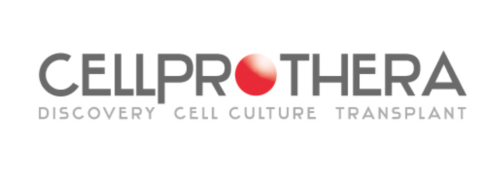Philippe Henon, Chairman at CellProthera and a pioneer in autologous therapy for heart disease, explained how researchers can treat myocardial infarction patients using CD34+ cells. With heart attacks still a leading cause of death worldwide, it is critical to address severe infarction.
Henon described the outcome of infarction: “This leads to irreparable destruction of 1 to 2 billion myocardial cells and it's causing an irreversible secondary heart failure with a poor prognosis in the short-term. In this case, 50% of the patients died within five years and all the patients died within seven years.”
Curt Civin discovered CD34+ cells in 1984. He initially believed they were only hematopoietic stem cells, but later, they were proven to be capable of differentiating into other tissues, including cardiomyocytes. Henon built on these findings and began launching his own studies to see whether CD34+ cells could treat acute myocardial infarction.
One of Henon’s studies included a cohort of seven patients who had undergone a CABG operation. Henon commented: “We harvested CD34+ cells from the blood of these patients and we purified the CD34+ cells by immune-selection and these cells were reinjected at the end of the CABG operation by epicardial injection.”
The results from the trial were promising, Henon stated that significant tissue regeneration and vascularization were observed via PET scans within six months. Three patients who were candidates for heart transplantation avoided the procedure entirely and survived up to two decades post-treatment.
One critical success factor included the route of injection, Henon stated: “The route of injection is also important because many clinical trials have used the intracoronary injections and that means that the cells were injected into the unobstructed coronary artery. But the cells in this case are not retained by the lesion.” To overcome this, he suggested injecting the cells directly into the myocardium with the help of a catheter. Timing the treatment was also proposed as a key factor for success, Henon said that 1-2 months post-infarction, while the tissue remained inflammatory, was the optimal time window for treatment.
Furthermore, to scale this therapy, CellProthera developed automated systems for GMP-compliant production of ProtheraCytes, enabling a 20-fold expansion of stem cells from blood samples. Future efforts include large-scale randomized trials and extended follow-ups to evaluate long-term outcomes. To summarise, Henon’s findings provide a foundation for transformative biotherapy for cardiac regeneration.

